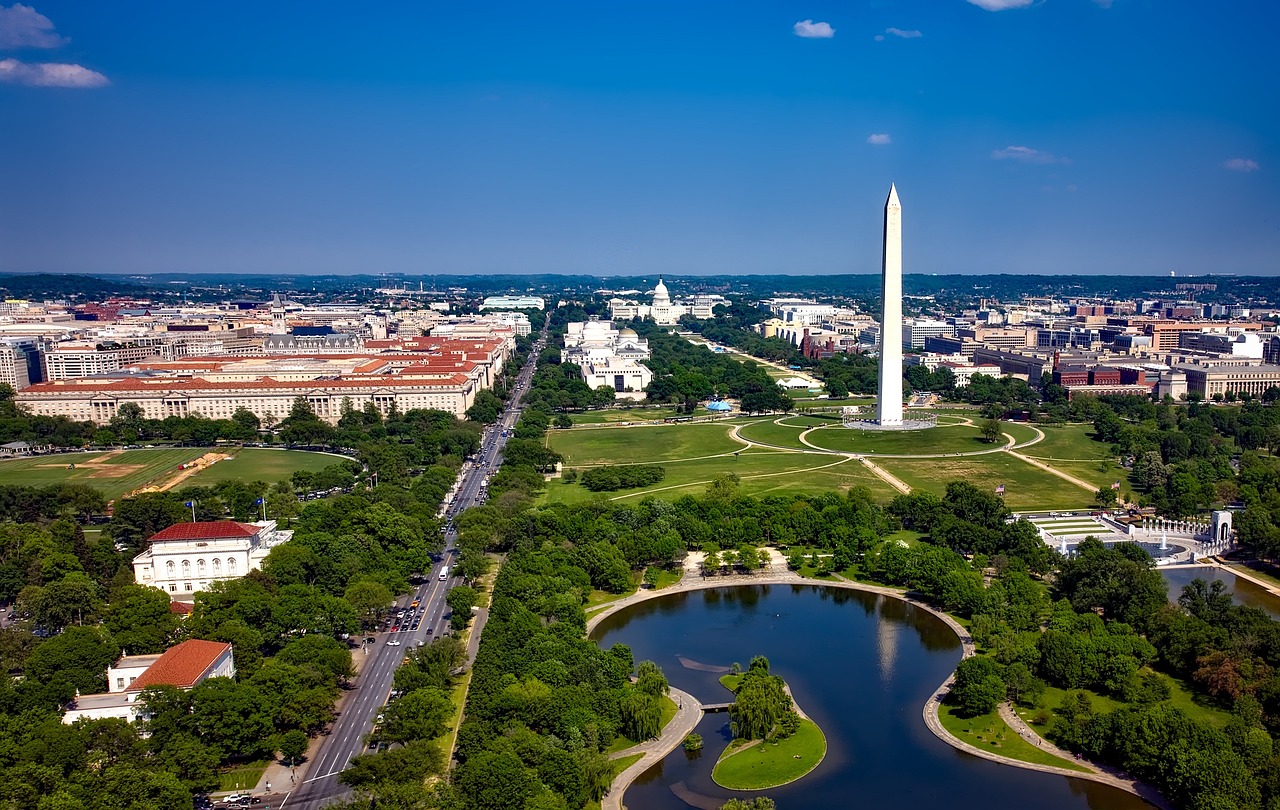The United States Tops Global Tourism Rankings for 2024

A new report by the World Economic Forum highlights the United States' promotion of natural and cultural resources, along with its commitment to sustainability and tourism.
Despite a turbulent four years for the travel industry, international tourist arrivals are set to reach pre-pandemic levels by 2024. However, the continuation of global travel growth remains uncertain due to inflation, climate change, and geopolitical tensions. Nevertheless, some countries have excelled in minimizing these risks and maximizing their tourism potential, as noted in the Travel & Tourism Development Index 2024 from the World Economic Forum. This index ranks countries based on safety, security, prioritization of travel, infrastructure, natural and cultural resources, and sustainability.
The latest rankings place Spain, Japan (last year's leader), France, and Australia in the top five, with the United States emerging as the new leader. The U.S. excelled due to its robust business environment, extensive air transport infrastructure, and rich natural resources. These high scores reflect the country's well-developed infrastructure, ease of travel between cities, diverse destinations, and traveler-friendly resources like guides to cities and parks.
"Obvious reasons for this accolade include the U.S.'s diverse landscapes, natural beauty, and cultural richness, but its well-developed infrastructure supporting travel and tourism also plays a crucial role," says Anna Abelson, an adjunct instructor at New York University's SPS Tisch Center of Hospitality.
Before the pandemic, international visitors spent $180 billion in the U.S. in 2019, generating nearly $2 trillion in economic output. In comparison, France, the world's most-visited country with 90 million visitors in 2019, saw roughly $61 billion (€56 billion) in revenue from international tourism. While the $180 billion number dipped during the pandemic, the United States Travel Association (USTA) predicts visitor levels will recover by 2025.
The U.S. federal government provides extensive support for travel and tourism, particularly in maintaining and regulating strong airport infrastructure and the airline industry. Experts attribute much of the U.S.'s tourism success to the diversity of its cities and their long-term sustainable tourism plans.

Major U.S. cities have invested heavily in marketing their destinations, reaping significant benefits. "For decades, cities like Las Vegas and New York have proactively marketed their destinations with strong branding that resonates with consumers," says Taryn Scher, founder of TK Public Relations, which represents destinations like Greenville, South Carolina, and Macon, Georgia. "These efforts lead to increased tourism in their respective cities."
The U.S.'s global mega-events, such as Coachella, the Super Bowl, and Mardi Gras, attract international visitors. The U.S. National Parks System, with its 63 parks and 54 million acres (nearly as large as the entire United Kingdom), also holds immense global appeal.
"The USA boasts more variety of landscapes and interesting cities than any other country, from mountains and deserts to tropics and swamps," says Tim Leffel, author of The World's Cheapest Destinations. "Cities like New Orleans, New York City, Santa Fe, Alaska, and Florida are more diverse than most countries."
With its diverse landscapes, cultural richness, and strong infrastructure, the United States is well-positioned to lead global tourism in 2024.














